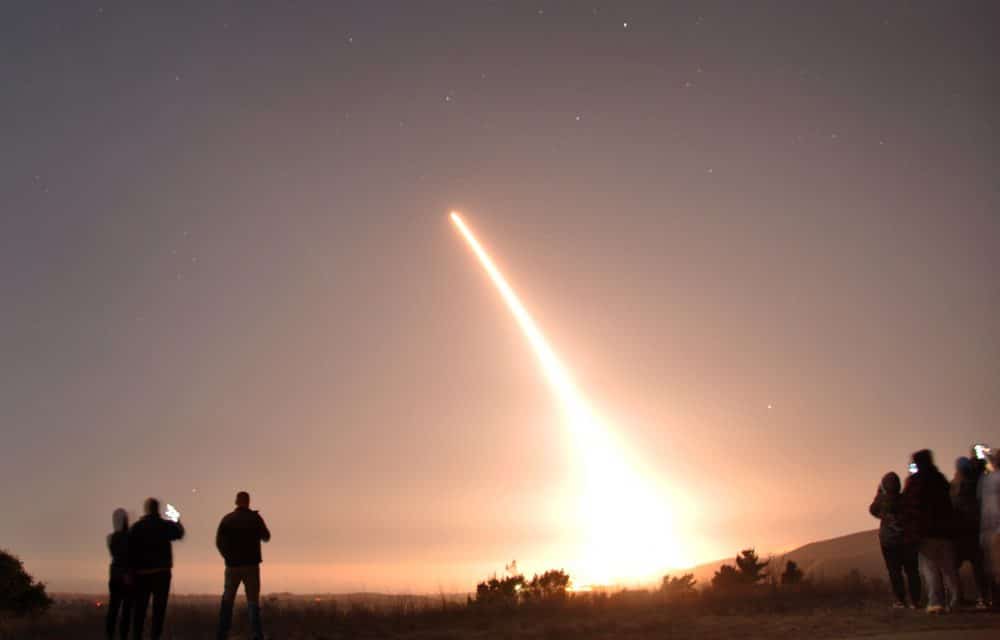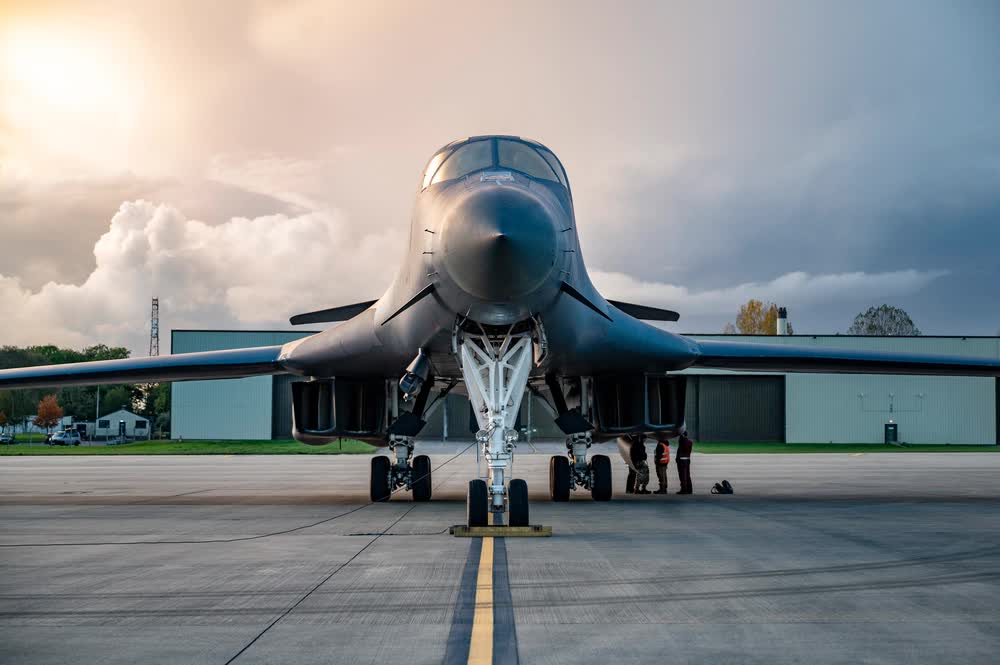This article by James R. Webb was originally published by Coffee or Die.
Vandenberg Air Force Base was officially renamed Vandenberg Space Force Base during a ceremony Friday, making it the third installation for America’s newest service branch. Before the ceremony, Vandenberg hosted the 30th Space Wing of the US Air Force. The unit will be renamed Space Launch Delta 30. According to the Air Force Times, the base handover comes as Space Force attempts to create a separate identity from that of the Air Force.
“The establishment of the U.S. Space Force is a significant step forward in recognition of space as a warfighting domain,” Lt. Gen. Stephen Whiting, Space Operations Command commander, said during the ceremony. “Renaming Air Force installations where space operations is the primary mission more closely reflects the overall mission of the base.”

Vandenberg’s sister installations — Patrick Space Force Base and Cape Canaveral Space Force Station — were renamed in December 2020.
“Renaming these installations is critical to building a distinct culture and identity for the Space Force,” Whiting said.
Vandenberg’s inclusion within the Space Force is a fitting move. The facility is one of only two US military installations that launch satellites and other spacecraft into orbit. Vandenberg is also the host of several military space-related organizations.
For decades, Vandenberg has been a focal point for missile development. Today, the base hosts testing for the Minuteman III intercontinental ballistic missile and the Ground-Based Interceptor missile-defense system, both of which are still in development.

RELATED: WHAT IS ISRAEL’S IRON DOME AND HOW DOES IT WORK?
First established in 1941 as “Camp Cooke,” Vandenberg initially supported ground operations during World War II. However, in 1957 and 1958, following the USSR’s successful launch of Sputnik 1, Vandenberg was renamed, transferred to the Air Force, and put under the control of Air Research and Development Command. From then on, Vandenberg has been central to the development and testing of both space flight and missile technology.
Since 1958, there have been more than 1,980 launches from Vandenberg. While many of these launches related to nuclear missile development, the base was also the home of a major space milestone. In 1959, a rocket launched from a Vandenberg launchpad and put the world’s first polar-orbiting satellite into space, spurring a major shift in how the world communicated. Beyond that, Vandenberg has been a key component in the Department of Defense’s strategy of nuclear deterrence, as more than a dozen types of nuclear missiles have been tested at the base.

RELATED: WHAT EXACTLY IS AMERICA’S NUCLEAR TRIAD?
“For decades, Vandenberg Air Force Base has been a focal point — indeed, in many cases, the starting point for space operations across the Department of Defense and the Department of the Air Force. It has long been known as ‘Space Country,’ and that moniker is well-earned,” Maj. Gen. Deanna Burt, Combined Force Space Component Command commander and Space Operations Command deputy commander, said during the renaming ceremony.
As Vandenberg moves forward into its new role as a major installation supporting Space Force, it will still technically be owned by the US Air Force. According to the Air Force Times, the 2021 National Defense Authorization Act, which was enacted on Jan. 1, precludes the Space Force from receiving a transfer of any installation until Washington lawmakers are briefed on the associated costs. That step has reportedly not yet occurred.
Regardless of which military branch technically owns the base, Vandenberg will still play a major role in the US military’s space programs. Some 14 launches are scheduled for 2021, including satellites to support SpaceX, according to the Air Force Times.
“We will always be Team Vandenberg. Our nation expects that of us, and our profession demands nothing less,” Col. Anthony Mastalir, Space Launch Delta 30 commander, said during the renaming ceremony.
-Feature image: U.S. Air Force photo by Tech Sgt. Patrick Harrowe




